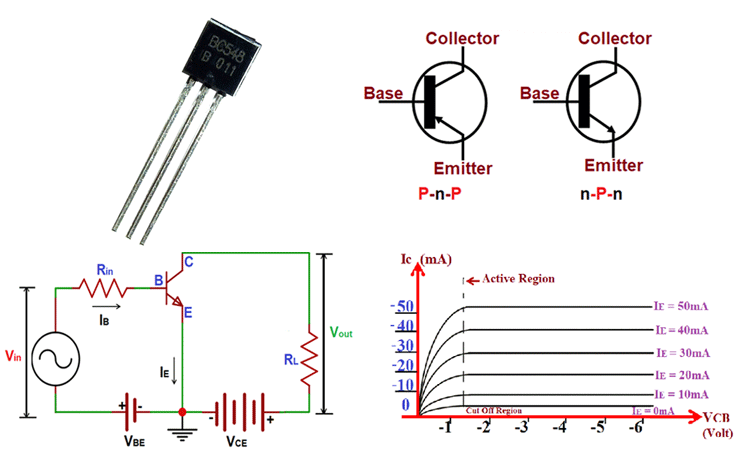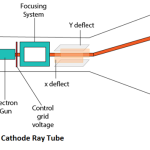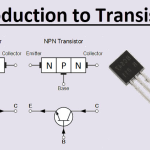A transistor is a solid-state device made by joining three positive-type and negative-type semiconductors together. In general, all transistors have three pins: base, collector, and emitter. Transistor is a bi-polar device that is a transistor with two junctions namely BE and CE DE EE FE. In theory we take a specified formulae incorporate this with using any type of meter in figuring the mathematical solution.

Construction
A lightly doped region called base is sandwiched between two regions called the emitter and collector respectively. The collector handles large quantities of current, hence its dopant concentration is the highest. The emitter’s dopant concentration is slightly lesser, but its area is larger to provide for more current than the collector. The collector region should be heavily doped because electron-hole pairs recombine in that region, while the emitter is not such a region. We can have two varieties in this kind of transistor.
NPN Transistor
An NPN transistor is made by joining one positive-type semiconductor in between two negative-type semiconductors. Here a lightly doped p-type semiconductor (semiconductor with more holes than electrons) is sandwiched between two well-doped n-type regions. It is like two pn-junctions facing away. An IEEE symbol for the NPN transistor is shown here. The arrow between the base and emitter is in the same direction as current flowing between the base-emitter junction. Power dissipated in the transistor is


PNP Transistor
A PNP transistor is made by sandwiching a negative-type semiconductor in between two positive-type semiconductors.




